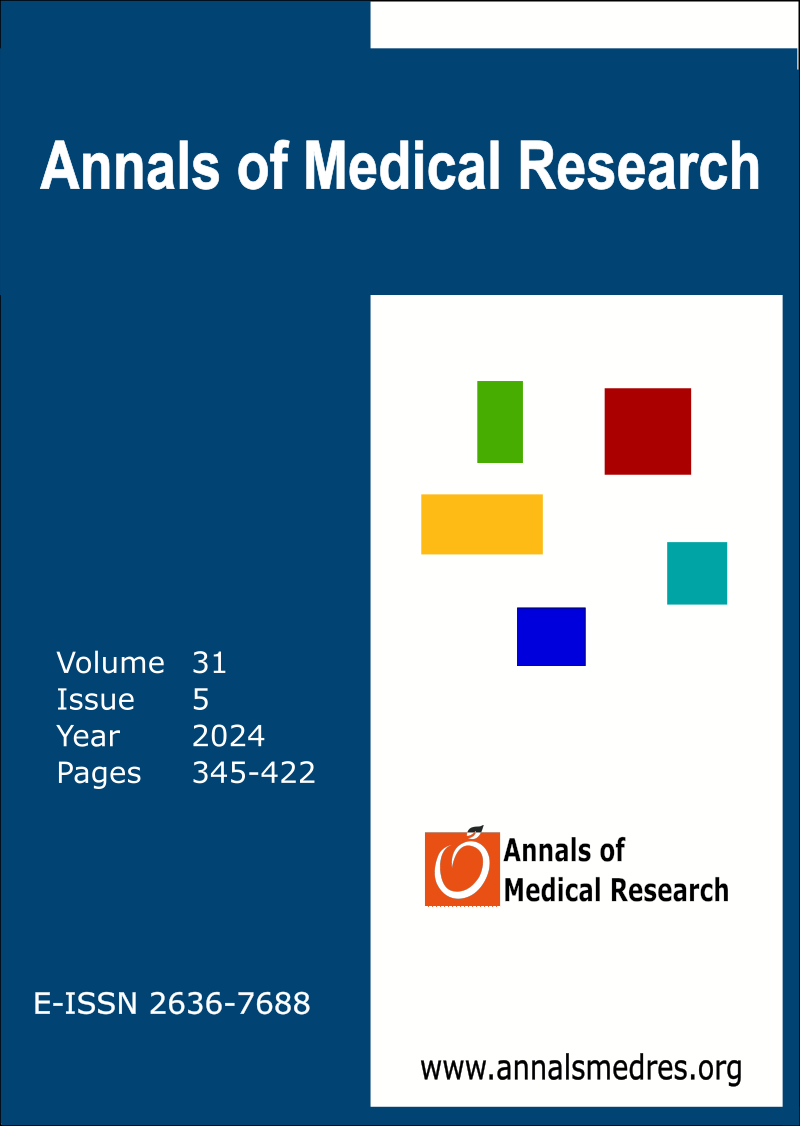How much do we know about testicular cancer and testicular self-examination? The case of police officers in Türkiye
Keywords:
Testicular cancer, Testicular self-examination, Police officersAbstract
Aim: To assess police officers' health beliefs about testicular cancer and their level of knowledge about testicular self-examination (TSE).
Materials and Methods: The data for the study were collected from 120 volunteer police officers using a questionnaire asking for their introductory information and the Champion's Health Belief Model Scale on Testicular Cancer and Screening.
Results: 84.2% of the participants were married, 14.2% had a family history of cancer, 36.7% had never heard of testicular cancer, 81.7% had never heard of TSE and 87.5% had never performed TSE. The rate of those who do not know how to perform TSE is 80.8%. While 40.8% of police officers said that a palpable mass in the testicle was a sign of testicular cancer, 51.7% said that pain in the testicle, 29.1% swelling in the testicle, 47.5% pain or tenderness in the groin, 23.3% redness in the testicle and 20% weight loss would be signs of testicular cancer. Smokers had higher perceptions of the seriousness, benefits and barriers of TSE (p=0.048, p=0.002, p=0.031, respectively). Those with a family history of cancer and those with testicular problems had higher perceptions of sensitivity (p=0.010, p=0.003, respectively).
Conclusion: It was found that there was a lack of knowledge about testicular cancer and TSE among police officers. It is recommended that health training is planned to provide information and to put the acquired knowledge into practice, and that qualitative public health studies are carried out on larger samples to identify the factors that prevent the implementation of TSE.
Downloads
Published
Issue
Section
License
Copyright (c) 2024 Annals of Medical Research

This work is licensed under a Creative Commons Attribution-NonCommercial-NoDerivatives 4.0 International License.
CC Attribution-NonCommercial-NoDerivatives 4.0






